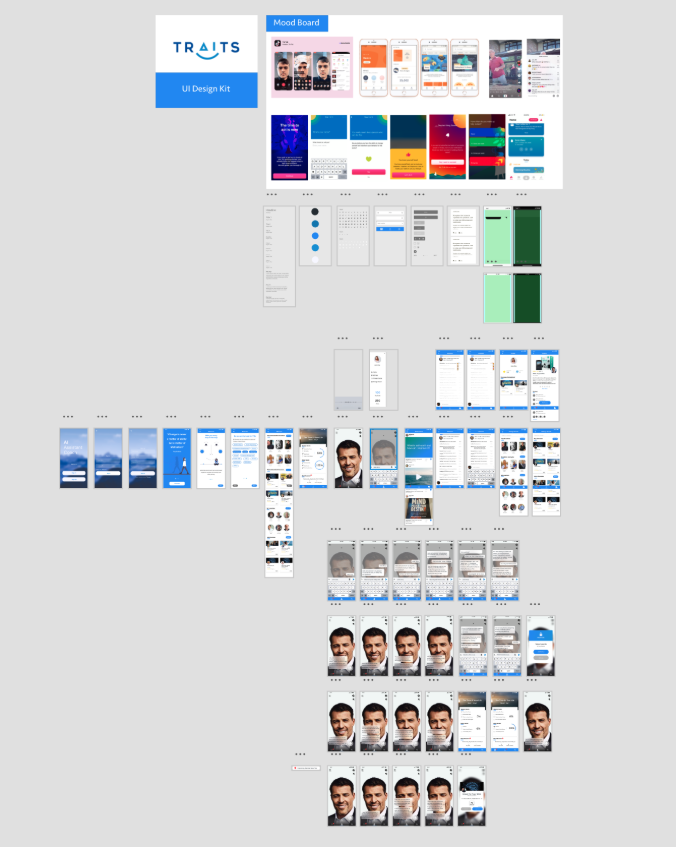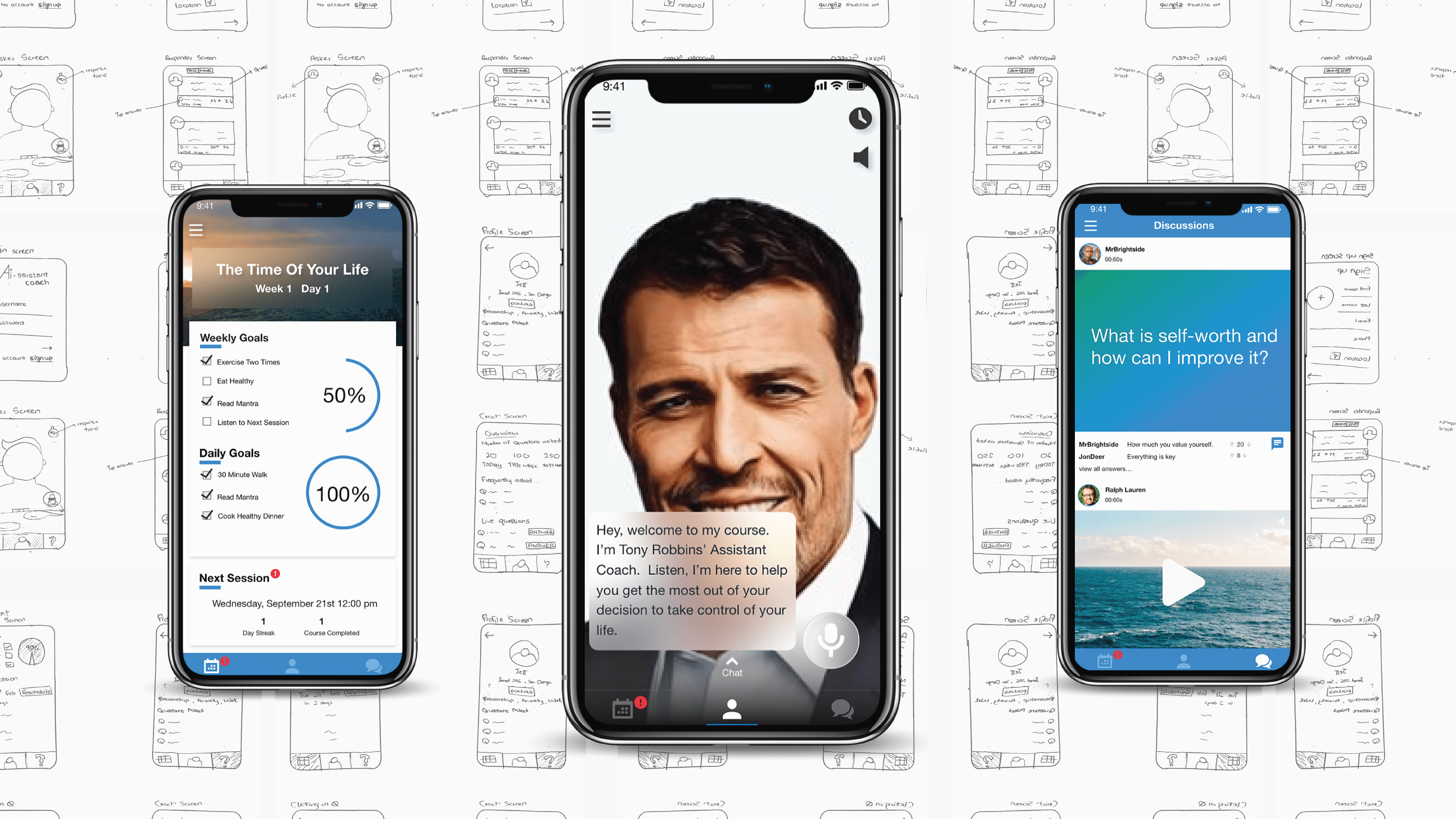Summary
Was team lead tasked with building an app around life coaching that would use crowd-sourced AI.
Background
TraitsAI is a crowdsourced AI company in San Diego, that is using conversational AI to help solve some of life coachers biggest problems.
Conversational AI: Since Siri conversational AI has been growing rapidly. Using AI we can now mimic the voice of someone else and even produce a video of someone speaking. AI is able to reply in a tone very similar to that of a normal human conversation.
Conversational AI Example (Deep Fakes)
Life Coaching: This a booming industry recently valued in the billions. With the rise of social media and the cost of having to pay for professional psychiatry help many people are turning to life coaches instead. Famous life coaches include Gary Vaynerchuk and Tony Robbins.
Role
Conversational UI/UX Design intern. Worked with a remote team and made sure all deliverables were done on time and to the best of our abilities. Deliverables include; User Interviews, LoFi to HiFi prototypes, Design Specification.
Challenges I tackled in this project
- Building a product in an entirely new field that I haven’t had much experience in.
- Finding a way to incorporate company technology — Crowdsourcing answers to AI questions (similar to Alexa answers but we did it first)
- Working with a remote design team for the first time and leading that team as the most experienced designer.
Problem Statement
Life coaches need a way to manage their growing clientele and still keep a personal connection with their clients.
Solution = Mobile App + Conversational AI
Empathizing and Understanding the user
The two different users include life Coaches and their clients. In order to understand our users, my team and I conducted user interviews using both face to face and over the phone.
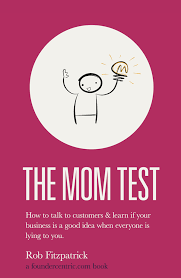
One thing that made doing user interviews a breeze was reading the “Mom Test” by Rob Fitzpatrick because it provided more in-depth knowledge about how to do user interviews but also how to maximize your chances of getting an opportunity to interview. For example the mom test mentions that face to face interviews were the best for getting the most out of a user interview. The author mentioned that they would go to the extent of faking to be a potential client in order to get a user interview from their poteintial user. I incorperated this technique and it led to more useful data.
We used an online realtime affinity diagram tool to list out all the pain points were heard from our users.
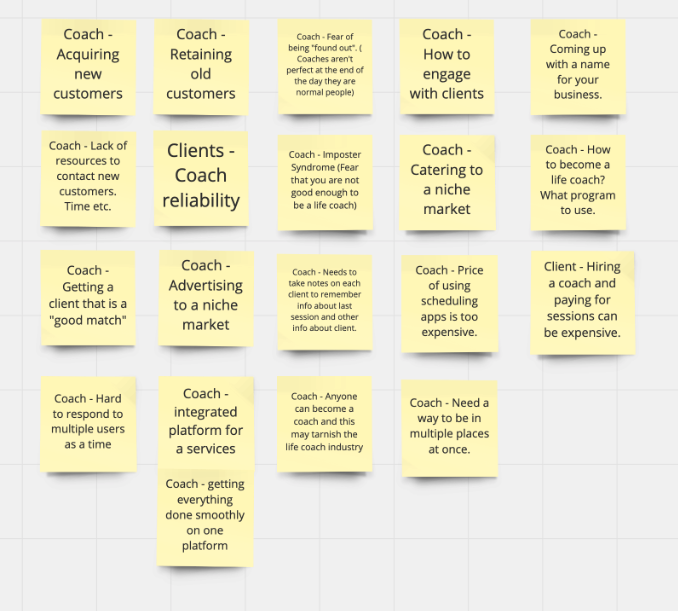
Personas
Life coaching is a very diverse industry. One thing I realized from my first few interviews is that the line between a life coach and client can be pretty thin. Coaches new to the industry are also oftentimes clients of other life coaches and aren’t full-time coaches but do it part-time. In order to narrow down who we were designing for we stuck to moderately to highly successful coaches.
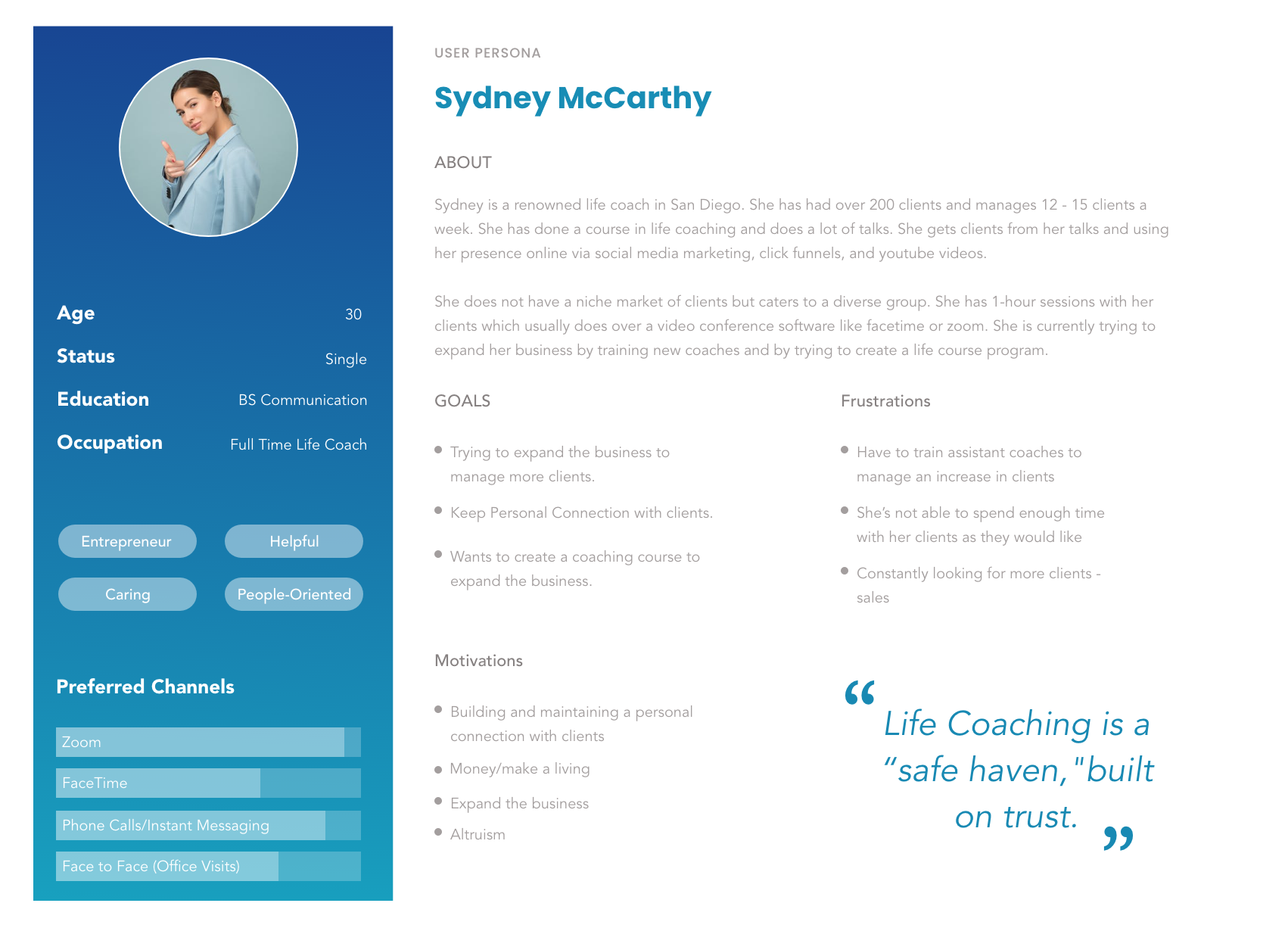
Building the persona gave us a good idea of what pain points we wanted to solve, hence which features we wanted to implement in the app.
Pain Point — Life Coaches give clients tasks to complete before, during and after sessions(meetings with coaches). Coaches often spend a lot of time contacting clients and asking if they have completed their tasks.
Feature 1: A daily task tracker and reminders
Pain Point — Life Coaches are always trying to reach a wider audience but there are no select communities of people looking for life coaches.
Feature 2: Life coaches can post their courses on the app and reach a wider audience.
Pain Point — Life coaching is about having someone you can talk to at all times to guide you through the program. This usually involves face to face time. It also takes a lot of time and energy out of the coach.
Feature 3: A AI assistant you can chat with and responds in a way that is similar to that of your life coach.
Moodboard
Inspiration for the app came from apps like TikTok, Headspace, Fabulous App and the ultimate game of life app.
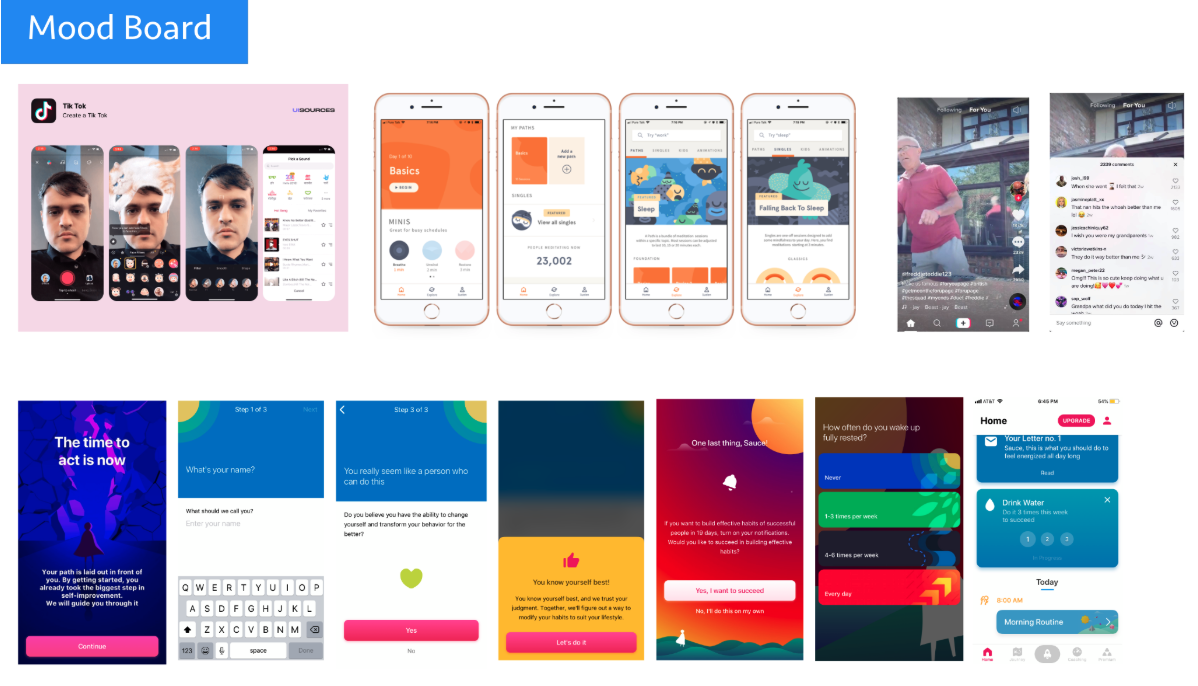
Prototyping
First Iteration — Sketches
With the above features in mind, my team and I came up with sketches on our own.
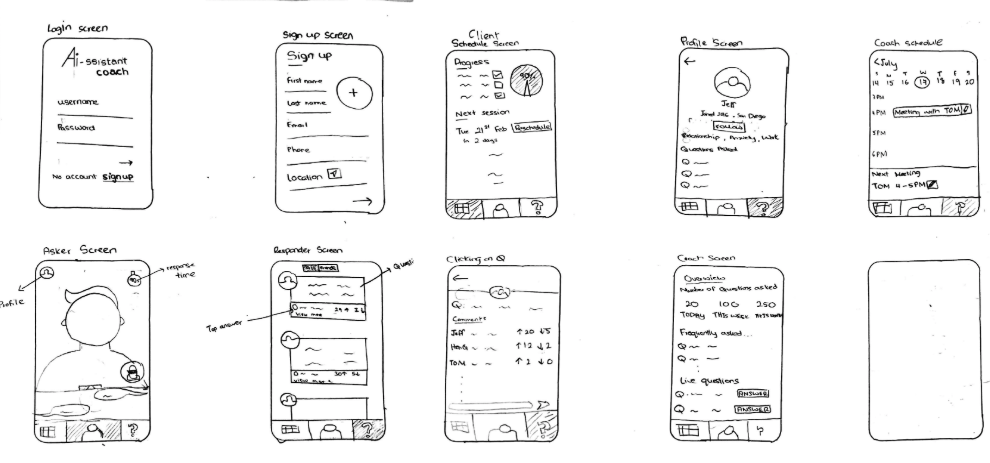
Second Iteration — Balsamiq
After receiving feedback from our sketches we built a more refined version of the app on Balsamiq.
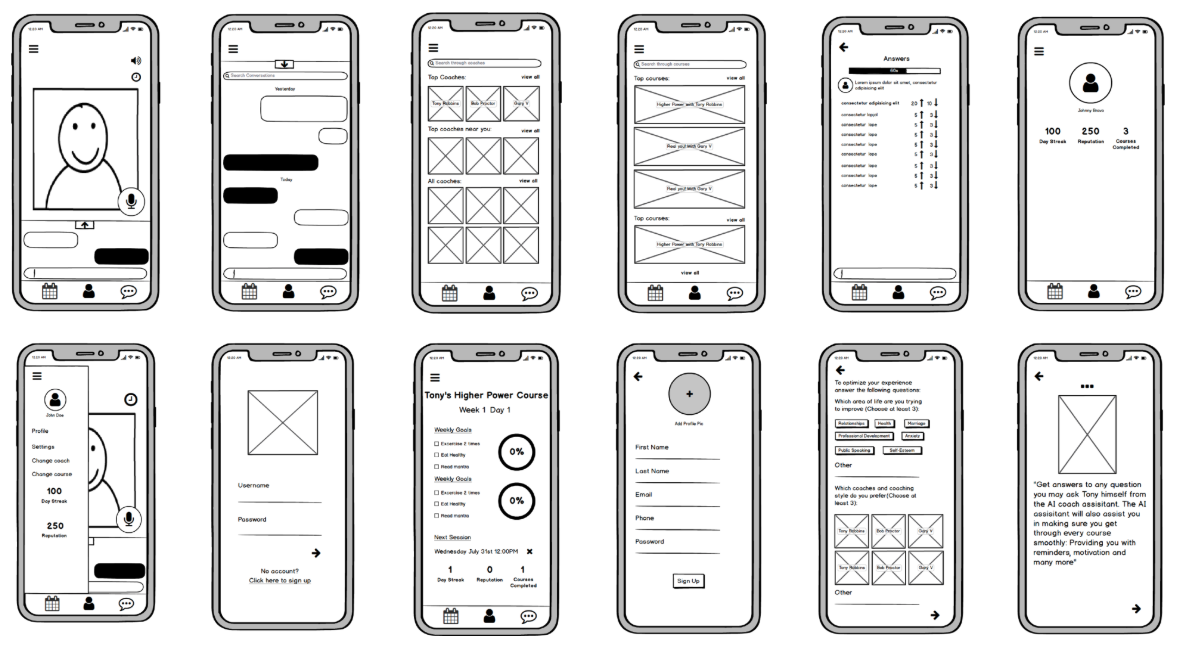
Final Iteration — Adobe XD
We used Adobe XD because of its collaboration feature and its new ability to test voice interactions. This high fidelity prototype was tested and iterated many times.
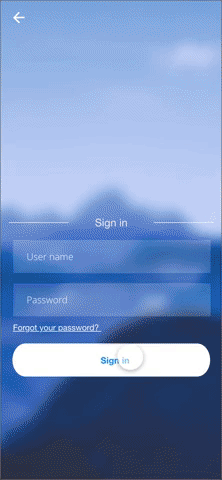
Creating a chatbot
As the technology for our conversational AI was still in the making and prototyping tools did not allow for videos, in order to test the conversational AI we used a chatbot. The coach we portrayed using the chatbot was Tony Robbins. In order to make sure the chatbot sounds like him we watched hours of videos on youtube, to understand his mannerisms and personality.
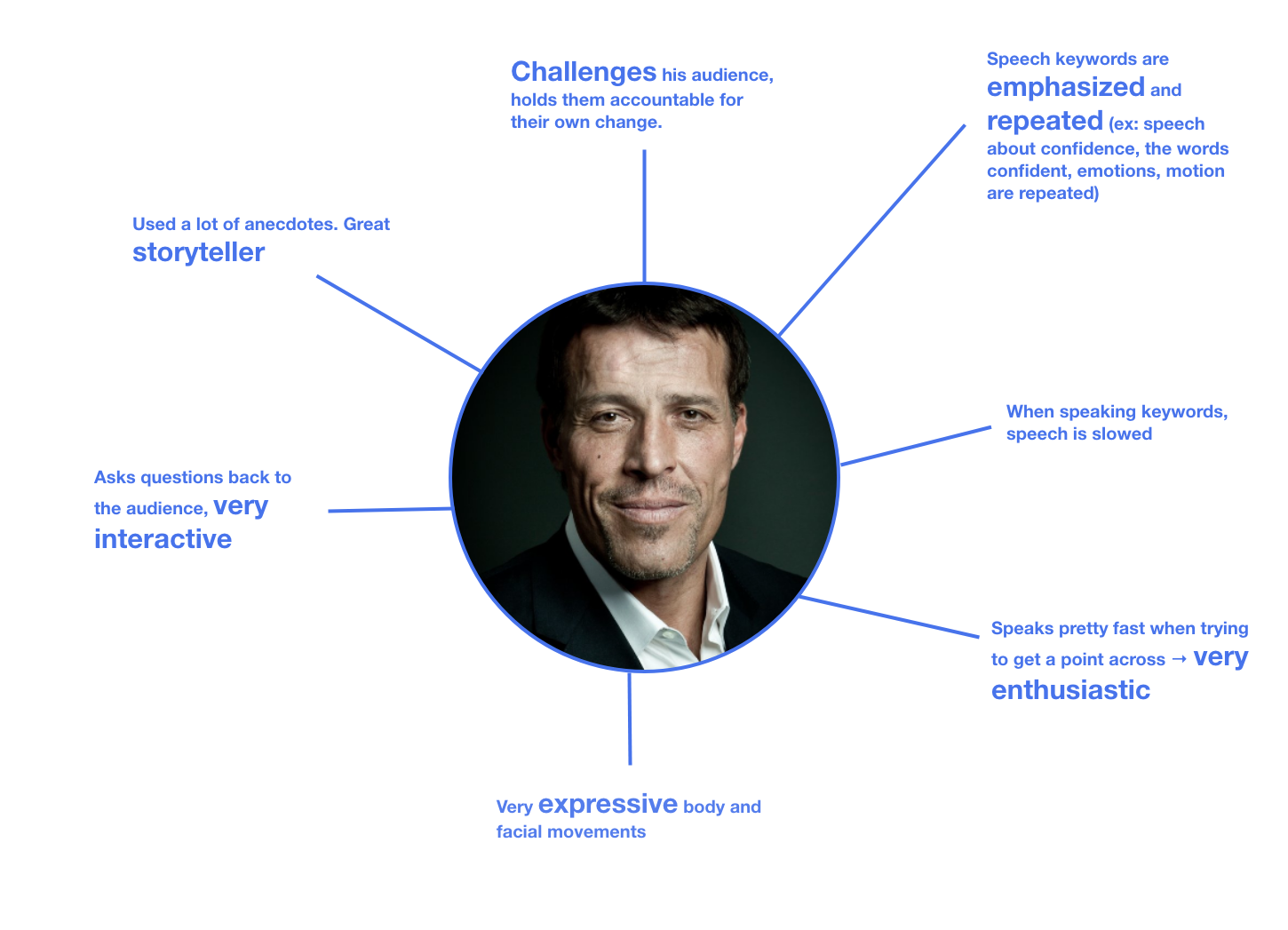
We then created a script and finally implemented it in the app.
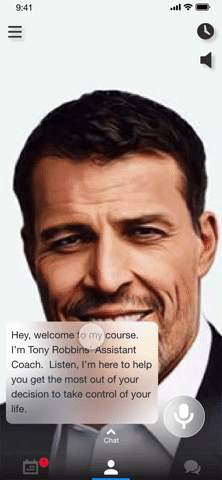
Development Plan and Design System
Making the development plan using Adobe XD has a feature to share for the engineering team which breaks down the designs and interactions into a format that is easily digestible.
In addition to the development plan we also created a design system that includes all the assets, colors, fonts and components(symbols) needed to make the app.
